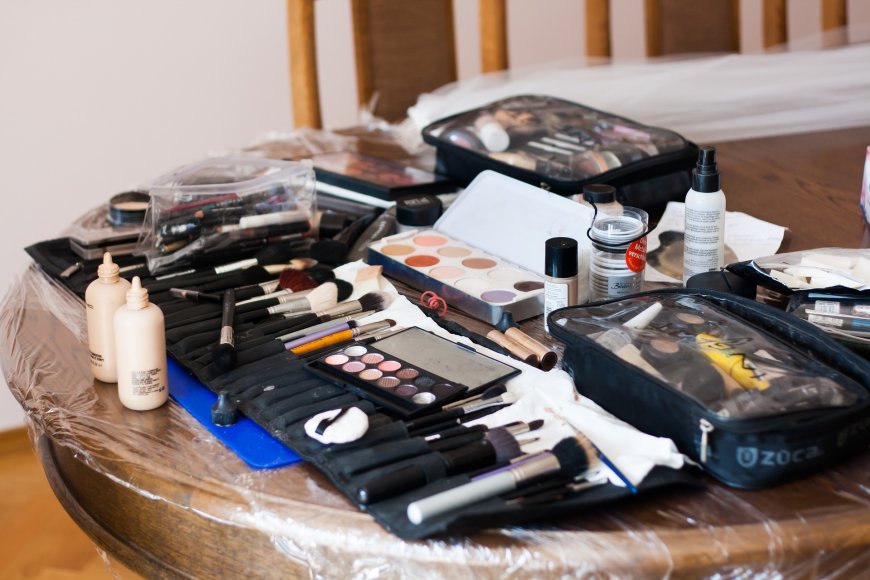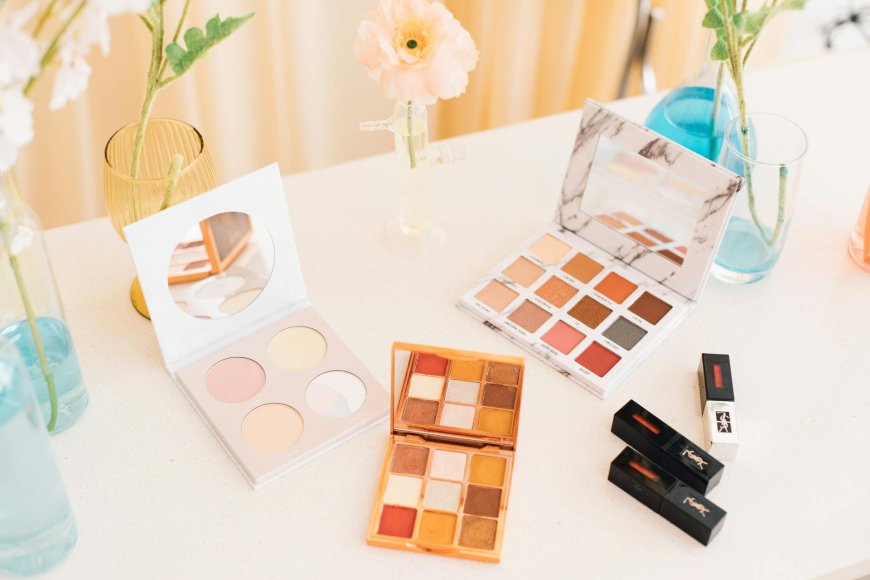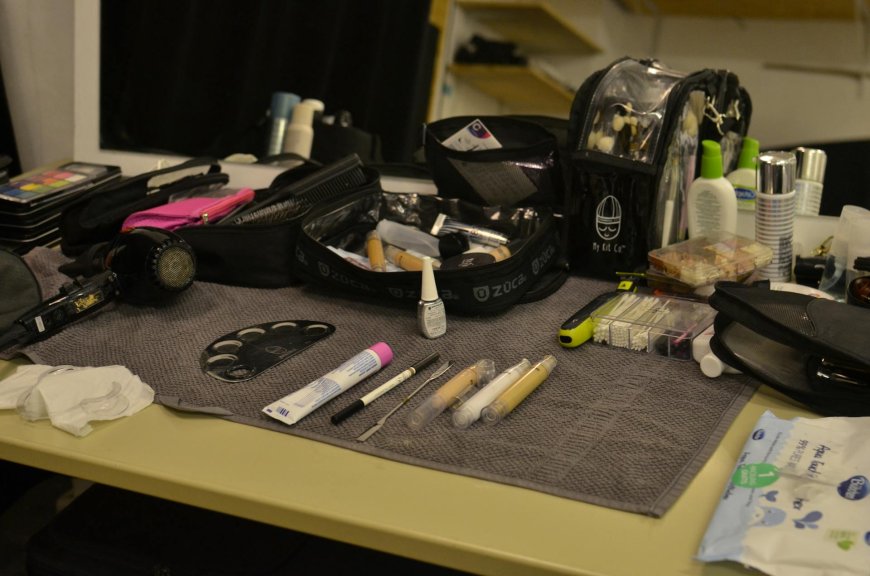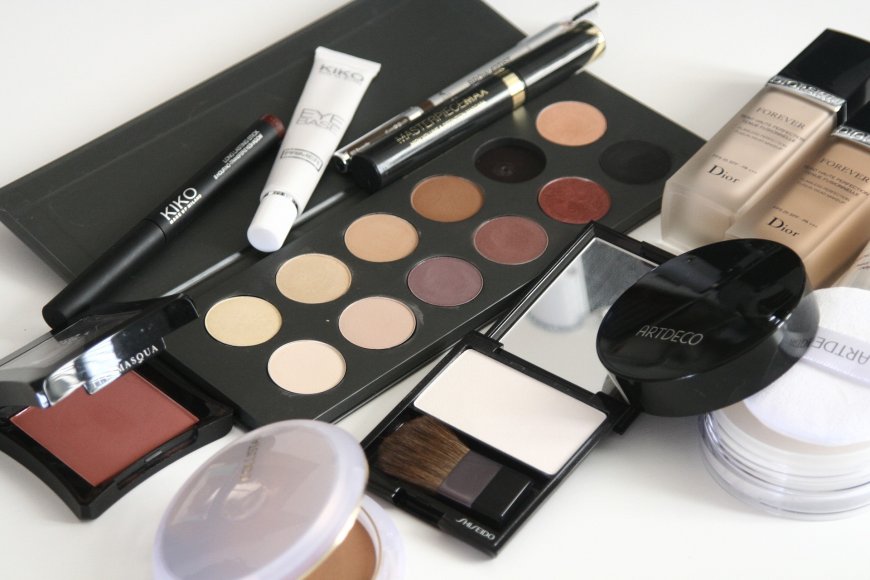Common Types of Cosmetics
Understanding the different types of cosmetics is crucial for proper storage and maintenance. Here are some common categories:
-
Skincare products: Moisturizers, serums, toners, and cleansers.
-
Makeup: Foundations, concealers, powders, blushes, eyeshadows, mascaras, and lipsticks.
-
Haircare products: Shampoos, conditioners, styling gels, and sprays.
-
Fragrances: Perfumes and colognes.
-
Nail care products: Nail polishes, removers, and treatments.
Proper Storage of Cosmetics

General Storage Tips
-
Keep products in a cool, dry place: High temperatures and humidity can degrade cosmetic ingredients.
-
Avoid direct sunlight: UV rays can break down preservatives and active ingredients.
-
Seal tightly after use: This prevents air and contaminants from entering the product.
-
Use clean hands or tools: This minimizes the risk of introducing bacteria.
Specific Storage Recommendations
-
Skincare products: Store in a cool, dark place. Refrigerate products containing Vitamin C or retinoids to prolong their efficacy.
-
Makeup: Keep in a dry area. Use airtight containers for powders and pencils.
-
Haircare products: Store in a shower caddy with drainage to prevent water damage.
-
Fragrances: Store in their original boxes to protect from light and heat.
-
Nail care products: Keep nail polishes in an upright position and in a cool place to prevent separation.
Maintenance of Cosmetics

Regular Check-ups
-
Inspect products regularly: Look for changes in color, smell, or texture.
-
Clean tools and applicators: Wash brushes and sponges weekly to prevent bacterial buildup.
-
Sharpen pencils: This removes the outer layer that may harbor germs.
How to Maintain Specific Products
-
Foundations and concealers: Shake liquid products to mix any settled ingredients.
-
Mascara and liquid eyeliners: Replace every 3-6 months to avoid eye infections.
-
Lipsticks and lip glosses: Wipe the surface with alcohol occasionally to sanitize.
Determining the Shelf Life of Cosmetics
Understanding Expiration Dates
-
Look for the PAO (Period After Opening) symbol: This symbol indicates how long a product is good after opening.
-
Check for a batch code: This can be used to determine the manufacturing date.
-
Use your senses: If a product smells off or has changed in consistency, it's time to discard it.
General Shelf Life Guidelines
-
Skincare products: 6 months to 2 years.
-
Makeup: 3 months to 2 years.
-
Haircare products: 1 to 2 years.
-
Fragrances: 3 to 5 years.
-
Nail care products: 1 to 2 years.
Daily Care and Storage Tips

What to Watch Out For
-
Temperature fluctuations: Avoid storing cosmetics in places with fluctuating temperatures, such as near windows or in cars.
-
Humidity: Moist environments can foster bacterial growth.
-
Cross-contamination: Use separate tools for different products to avoid mixing bacteria.
Practical Daily Tips
-
Keep a cosmetic organizer: This helps keep products neat and accessible.
-
Label products with the opening date: This helps track their usability period.
-
Avoid sharing cosmetics: This can transfer bacteria and germs.
Proper storage and maintenance of cosmetics are essential for ensuring their effectiveness and safety. By following these guidelines, you can prolong the life of your beauty products and protect your skin from potential harm. Regularly inspect and clean your cosmetics, store them in appropriate conditions, and be mindful of their expiration dates.
